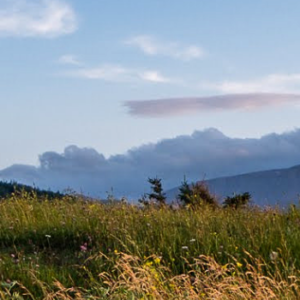Giant Pacific Octopus: A Large Piece of the Octo-Pi
The Giant Pacific Octopus is very much a unique animal, especially when considered in the context of the ocean. As a nocturnal predator who spends most of its time on its own, this octopus has developed certain abilities which help optimize its defense against other creatures that may be higher up on the food chain. Perhaps the two most important defensive abilities the giant Pacific octopus has in its arsenal are its camouflage and ink dispersal. In using specialized cells the octopus can change colour to match with its surroundings, making it harder to detect. If it were to be detected even still it has the ability to launch ink at the enemy as both an attack and a diversion.
The largest of its kind
As their name suggests, they are the largest species of octopus that we know of. Typically, this means that they measure approximately 16 feet in length, weighing a bit over 100 pounds. The average still pales in comparison, however, with the record holder. To date, the biggest ever giant Pacific octopus measured about 600 pounds heavy and almost 30 feet long — an absolute unit! While impressive, the external measurements are not nearly as interesting as the internal aspects of their anatomy. Octopi have not one, not two, but three hearts, nine brains, and blue blood!
Again, much like the name suggests, these octopi can be found all across milder Pacific waters from Alaska to Japan. Domestically speaking, this means we can find this species mostly on the coast of BC, although they can be a challenging find as they tend to live in caves. When feeding, they generally hunt for smaller aquatic animals like crustaceans, shellfish, and fish. Although they do not generally deviate from their preferred diet, it is not unusual for them to also target sharks and birds for meals in certain conditions.
So what’s the issue? Luckily, the giant Pacific octopus is not an at-risk species! Despite this, however, saying that they do not face any threats would be inaccurate and irresponsible. The main threat they face is living in polluted environments, as they are particularly susceptible to distress from environmental changes.
What can we do?
We need to take care of the environment we share with creatures such as the Giant Pacific Octopus. They, along with many other species, are highly dependent on having an acceptable range of conditions in which to live. The energy we use, the waste we create, and many more of our day-to-day activities are directly correlated with the quality of the environment that we share with other species. This means that being conscious of how we treat the earth is essential to our longevity, the longevity of the BC coast, and the longevity of animals like the Giant Pacific Octopus.



